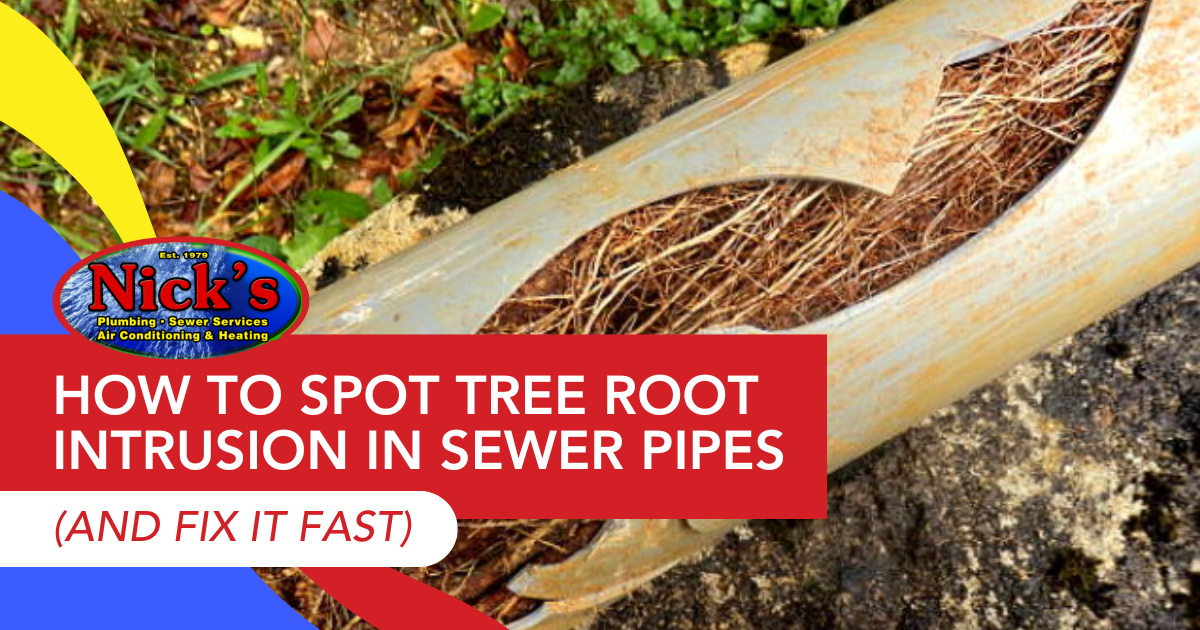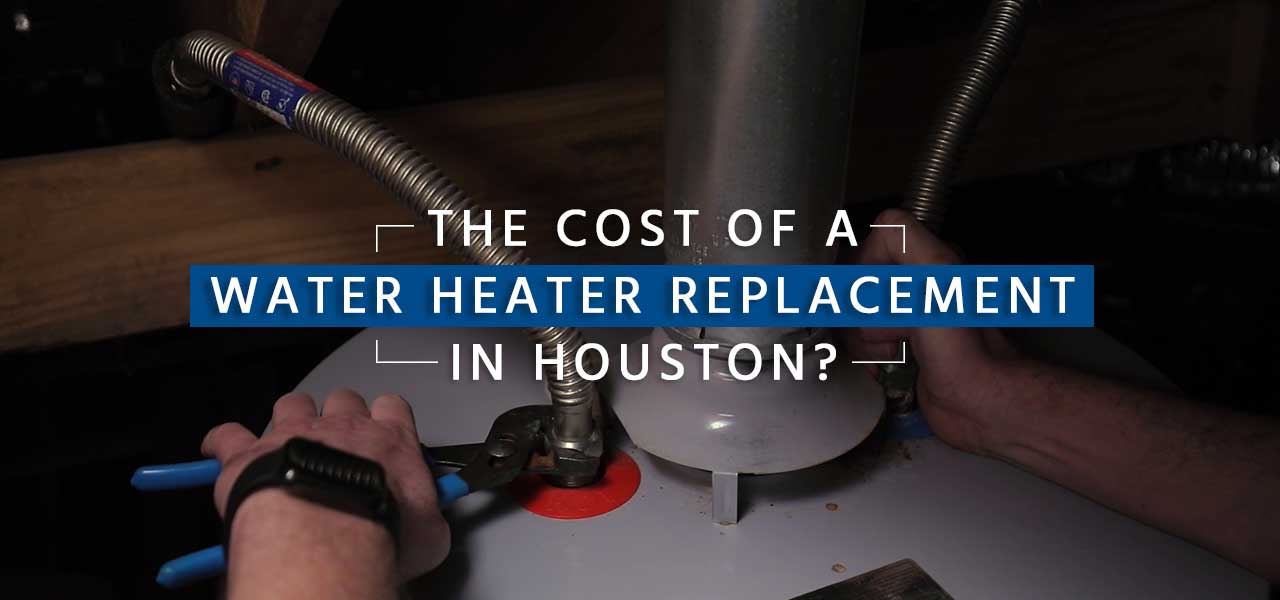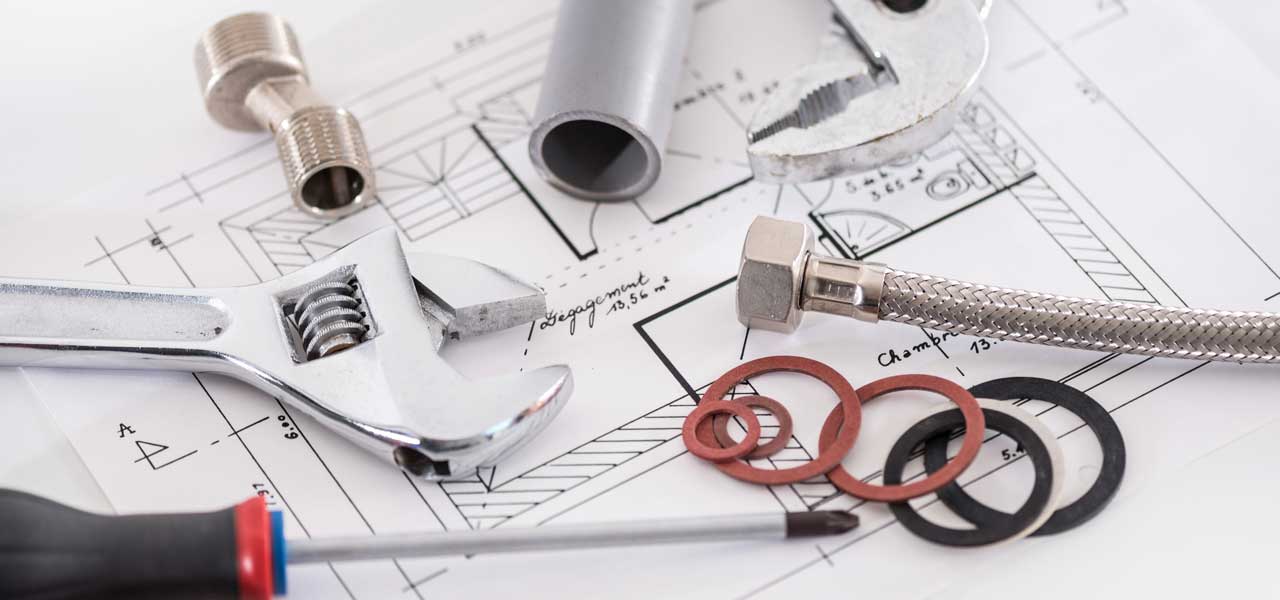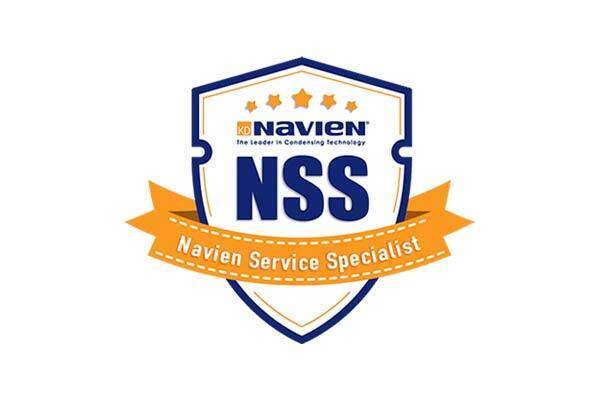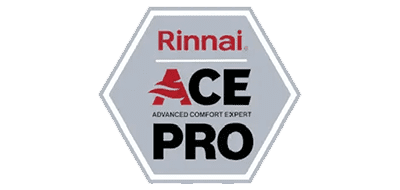Tree-lined streets and shady backyards are a beautiful part of living in Houston, but those same trees can sometimes cause major problems below ground. One of the most frustrating—and often costly—plumbing issues homeowners face is the intrusion of tree roots into their sewer lines.
These roots, in search of water and nutrients, can snake their way into small cracks in your pipes, slowly wreaking havoc on your plumbing system. The good news? If you know what to look for, you can catch sewer line root damage early and avoid major disruptions.
This blog will walk you through how tree roots end up in your drain line, what signs to watch for, how the problem is diagnosed, and the best ways to fix it fast and keep it from coming back.
Understanding Tree Root Intrusion in Sewer Pipes
Roots in sewer pipes aren’t just bad luck—they’re a result of nature doing what it does best: growing. Sewer lines are full of moisture, nutrients, and warmth, which makes them the perfect target for nearby trees and shrubs. Older sewer lines, especially those made from clay or cast iron, are more vulnerable to root growth in pipes due to cracks, loose joints, or deterioration over time.
Roots naturally gravitate toward these weak spots, and once they find a way in, they’ll expand, branch out, and continue to grow inside the line. That intrusion can slow down the wastewater flow, block it entirely, or even cause the pipe to break over time. A cracked sewer line from roots doesn’t just affect plumbing—it can damage your yard, your foundation, and your peace of mind.
Early Warning Signs of Root Intrusion
You don’t need X-ray vision to spot the early signs of tree root intrusion in your sewer line. Most homeowners will first notice problems, such as slow drains, throughout the house. If your kitchen sink, shower, and toilets are all draining sluggishly, that points to a clog further down the main line, which is often where tree root blockage takes hold.
Another red flag? Gurgling noises or bubbling when you flush or run water. That sound is caused by air pockets forming in the line due to partial blockages. It’s easy to brush this off as a random quirk, but in many cases, it’s one of the first signs of root intrusion.
Foul odors are another sign. When roots slow the flow of waste, it can cause sewer gas to back up into your home, which is often noticeable around drains. Outdoors, a suspiciously lush or green patch in your yard, especially over the main sewer line, can mean a leak is feeding roots and boosting grass growth. In more severe cases, sewage may even back up into your tubs, toilets, or laundry room. Sounds delightful, no?
How to Confirm Tree Root Damage in Sewer Lines
Once you’ve noticed these signs, the next step is to confirm whether you have tree root intrusion in your sewer line. This is where a professional camera inspection becomes essential. One of Nick’s licensed plumbing technicians will feed a small, waterproof camera through the sewer cleanout access and directly into the sewer line, offering a live, high-definition look at what’s going on inside.
This non-invasive method enables easy identification of tree roots, determination of the extent of damage, and assessment of the pipe’s overall condition. Whether it’s a thin root hair slipping through a hairline crack or a mass of roots choking the pipe entirely, the camera gives a clear view and guides the next step toward repair.
Fast and Effective Ways to Fix Tree Root Intrusion
Once roots are confirmed inside the line, the next step is getting them out—and keeping them out. For less severe cases, mechanical augers are a great starting point. These machines use spinning blades to cut through the roots and restore flow. While effective, this is often only a temporary solution if the original entry point remains unsealed.
Hydro jetting is another effective option, using high-pressure water to blast away root systems and thoroughly clean the interior of the pipe. This method not only removes the roots but also clears grease, debris, and mineral buildup that may also be contributing to blockages. Hydro jetting works exceptionally well for more aggressive root growth and is often recommended after an auger clearing.
In some cases, chemical root treatments may be applied to kill roots inside the pipe and prevent regrowth. These are often foaming solutions that coat the interior of the pipe and attack the roots at the source.
If the sewer line is severely damaged—cracked, collapsed, or obstructed by roots—trenchless repair methods such as pipe lining or pipe bursting may be necessary. Pipe lining creates a new pipe within the old one using an epoxy resin, while pipe bursting breaks apart the old pipe and replaces it with a new one in the same space. Both are efficient, less disruptive alternatives to full excavation.
How to Prevent Tree Root Intrusion in the Future
Once you’ve dealt with root intrusion, the last thing you want is a repeat performance. Preventing future tree root intrusion in sewer lines starts with strategic landscaping. Avoid planting trees with aggressive roots near the sewer line, and if you must, use root barriers to direct their growth away from underground plumbing.
Routine inspections also go a long way. Scheduling a sewer camera inspection annually can detect minor intrusions before they escalate into significant problems. Some homeowners also opt for periodic root control treatments as a preventive measure.
And, as with most plumbing issues, it’s essential to keep an eye on your drains. If you notice any early signs of slow drainage or gurgling, don’t ignore it. A minor issue today could lead to a cracked sewer line caused by roots tomorrow.
Choosing the Right Sewer Line Repair Professional
Not all plumbing problems are created equal, and not all plumbers are equipped to handle sewer line root damage. When choosing a professional, ensure they offer sewer camera inspections, trenchless repair options, and experience in dealing with root intrusion in sewer pipes. Local experience matters, too—someone familiar with Houston’s soil conditions and vegetation can often spot root risks others might miss.
Nick’s Air Conditioning has been handling plumbing and sewer line issues in Houston for over 45 years. From the initial inspection to final repairs, our team utilizes modern equipment and trusted expertise to eliminate the guesswork from sewer problems and restore your home to normal quickly.
Stop Root Problems Before They Get Worse
Tree root intrusion doesn’t fix itself, and ignoring it won’t make it go away. If you’re seeing any of the signs we’ve talked about, from slow drains to gurgling toilets or unusually green patches in your yard, now’s the time to act.
Nick’s Air Conditioning is here to help you get ahead of the issue with fast, professional diagnosis and root removal. Whether you’re dealing with early warning signs or a full-blown blockage, our licensed plumbing experts have the tools and know-how to restore your sewer line and keep your plumbing system running smoothly. Give us a call today and let Nick’s keep your home—and your pipes—root-free.




